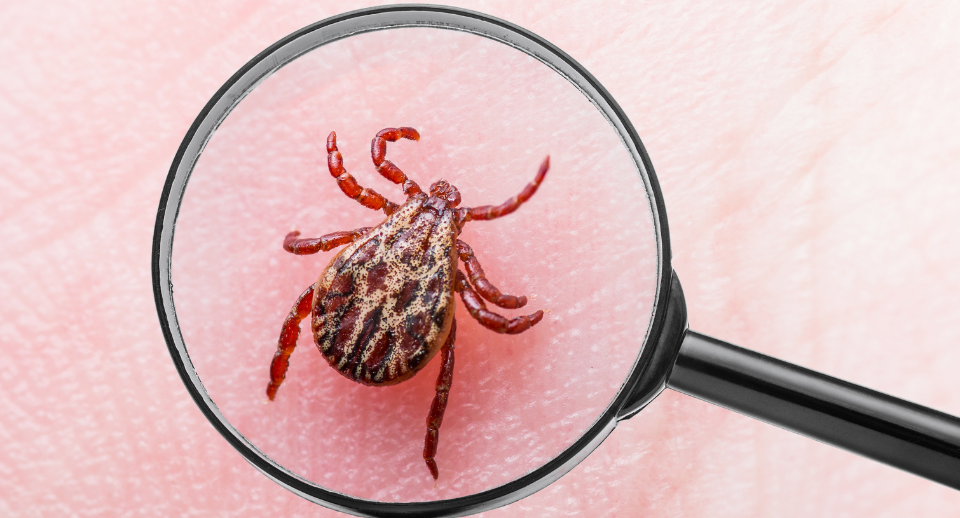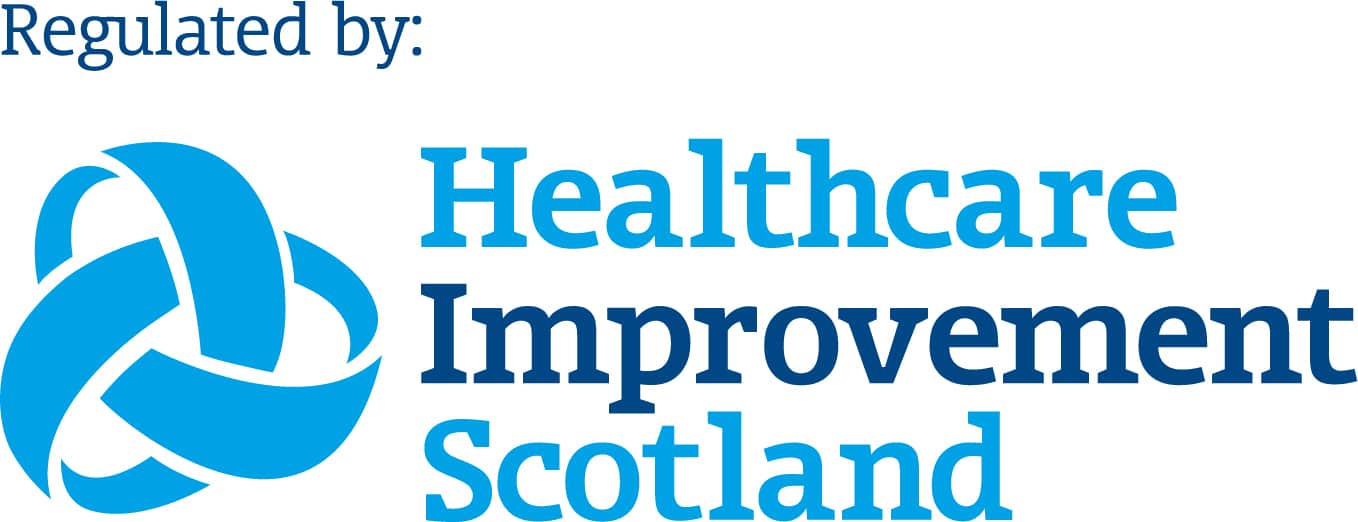It is common knowledge that a tick bite leading to a ‘bulls eye’ rash is indicative of Lyme Disease. But how many patients have such a clear presentation? Not many or hardly any, at least not they we come across in our private practice.
Most commonly patients present in private practice questioning whether:
- Symptoms they experience are suggestive of Lyme Disease
- They had the best tests past and what tests may be required now to diagnose or rule out Lyme Disease
- They should have treatment irrespective whether the tests are positive or not.
In some but not all cases a clear history of tick bite may not be clear.
The trick with Lyme Disease is that even negative tests may not rule it out!!
So why is this illness so difficult to diagnose when the potential impact can be major?
There has been a lot in the press recently about Lyme Disease following new research from GP records has predicted that cases in the UK are probably 3 times than the figure estimated previously, particularly in Scotland which reported the largest number of cases1.
And let’s not forget the high-profile case of ex-England Rugby Captain Matt Dawson’s heart complications requiring multiple surgery following contracting Lyme disease a few years back.
Origins. Yes, it was the USA!
Lyme Disease got its name not from the scientist who discovered it, but from a place in Old Lyme, Connecticut in 1975 where it was originally mistaken for a type of childhood arthritis. Doctors began to study the children’s symptoms and looked for several possible causes. The children had reported skin rashes followed very quickly by arthritic conditions e.g. swollen knees. And they had all recalled being bitten by a tick. So they called it Lyme, but they still didn’t know what caused it e.g. germs in the air or water. It was 6 years later that the spiral shaped bacterium was first described by scientist Dr Willy Burgdorfer and later classified as Borrelia burgdorferi.
There are different strains of Lyme causing different patterns of disease e.g. the European species of Borrelia is particularly associated with a facial palsy (drooping of 1 side of the face) which is often mis-diagnosed as Bell’s palsy preventing the opportunity of cure by antibiotics. The American species of Borrelia tends to cause inflamed joints = arthritis.
What is the UK Spread?
Lyme disease is found throughout the whole UK, especially following travel through areas with a damp microclimate in order to survive the off-host periods e.g. leaf litter or deep vegetation / shaded soils in woodland, moorland or pasture / burrows of their hosts.
The ticks feed off small mammals e.g. birds, field mice, hedgehogs as well as larger mammals e.g. sheep, horses, deer.
Peak tick season is April to October but Lyme disease can present at any time of the year as tick activity persists throughout winter albeit low levels, especially in the milder climate of southern England.
People of any age can be affected, the highest rate occurring in those aged 45-64 years.
What Is Lyme Disease And What Symptoms You May Experience
Lyme disease is a bacterial disease transmitted to humans through the bite of infected ticks. Patients get ill as a direct effect of the bacteria but also as a result of the immune response of the body against the bacteria.
Early Lyme Disease patients present with:
- Flu like illness such as fever, rigors, muscle pains, joint aches, headaches, sweats, fatigue
- Tender and swollen lymph nodes (glands)
- A rash with a ‘bulls-eye’ target appearance (medically termed Erythema Migrans) up to 30 days after the bite (but can appear up to 3 months after). This rash is diagnostic of the Lyme Disease also one third of patients with Lyme do not get the rash.
Early Lyme Disease patients with disseminated (widespread) disease, may develop in addition to the above symptoms:
- conjunctivitis,
- inflammation of the heart leading to heart block,
- nerve inflammation: pins and needles and palsies,
- inflammation of the brain and spinal cord lining presenting with headaches and neck stiffness.
Late disease presentation usually presents with arthritis, ie swollen warm joints.
The disease has been nicknamed ‘The New Great Imitator’ as can affect multiple bodily systems making diagnosis challenging.
How Does One Diagnose Lyme Disease?
Antibodies for Lyme Disease will take several weeks to develop. Therefore, testing early in the illness is negative and treatment should be given if one suspects Lyme Disease. The diagnosis is made on history and presentation alone.
All blood tests undertaken for Lyme Disease, are looking for antibodies (early and late antibodies) utilising different methods such as ELISA or Western Immunoblot.
An ELISA (enzyme-linked immunosorbent assay) test is quick (results take 2 days). The test looks for early (IgM) and late (IgG) antibodies to Borrelia Burgdorferi.
The Western blot test is performed only if the first test (ELISA) is positive or equivocal. The Western blot test is necessary to exclude false positive ELISA results, but is not necessary if the initial test is negative.
Diagnosis is always made by considering both – clinical presentation and laboratory findings. Treatment should not be withheld until blood test results become available if the history and presentation are strongly suggestive of Lyme Disease.
Alternative diagnoses should be considered if immunoblot test is negative (irrespective of ELISA results) or obtaining samples from joints or other organs should be considered.
It is paramount that an UKAS accredited laboratory us used for testing.
Management and Treatment
In response to this prediction of over 8000 cases of Lyme Disease in the UK in 2019, the National Institute for Health and Care Excellence (NICE) has issued a new quality standard2 in July focusing on diagnosis and management of Lyme disease. Their 4 recommendations are as follows:
- Individuals presenting with Erythema Migrans should receive a diagnosis and treatment for Lyme disease based on the clinical assessment (ie history and examination alone), without laboratory testing.
- Individuals with suspected Lyme disease and no Erythema Migrans having a negative enzyme-linked immunosorbent assay (ELISA) test within 4 weeks of their symptom onset should receive a repeat test 4-6 weeks later if suspicion still remains.
- Individuals with Lyme disease should receive initial antibiotic treatment, with the choice of antibiotic, dosage and duration determined by their symptoms.
- Local authorities should organise health promotion activities in collaboration with local organisations to raise public awareness regarding the prevention of Lyme disease.
The oral antibiotics usually used are doxycycline, amoxycillin or azithromycin based on individual profile. The schedules are usually 3-4 weeks long, but other schedules may be used.
Take home points:
- Not all ticks carry the disease (about 10%) so don’t panic if you remove a tick but feel well. Treatment is only needed if you become unwell over the following 2-4 weeks.
- Not all bites from infected ticks will result in Lyme disease.
- If you are unlucky enough to have been bitten by an infected tick, the bacteria can be passed to your body within 6 hours, however the risk increases with length of attachment.
- The rash is not always at the site of the tick bite, it can present anywhere on the body.
- Not all Bell’s palsy diagnoses are correct so if you were bitten by a tick before developing facial drooping, you should highlight this to you doctor immediately.
- The distinctive bullseye rash confirms Lyme Disease and you should be treated straight away with antibiotics. However 33% of patients with Lyme Disease have no rash at all making Lyme Disease tricky to diagnose.
If you have any concerns about Lyme Disease or its long-term implications, please book to see any of our knowledgeable Private GPs for a review and Lyme Disease blood tests.



